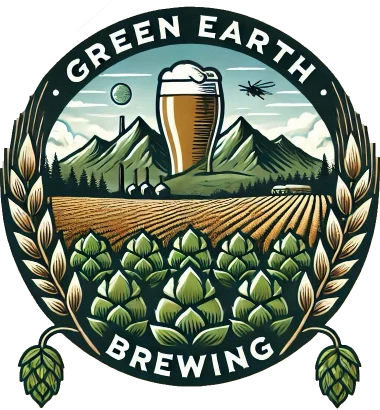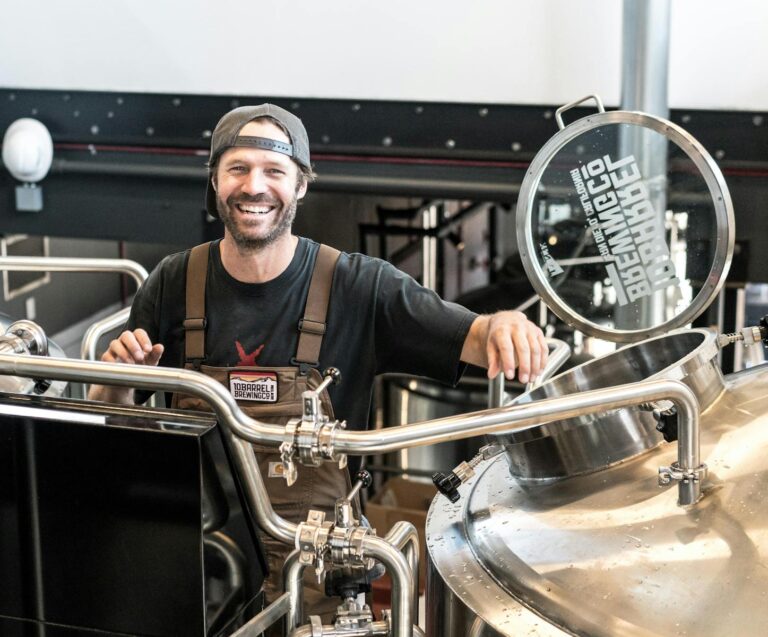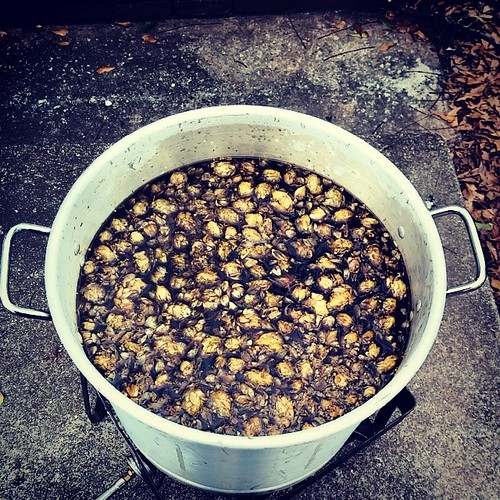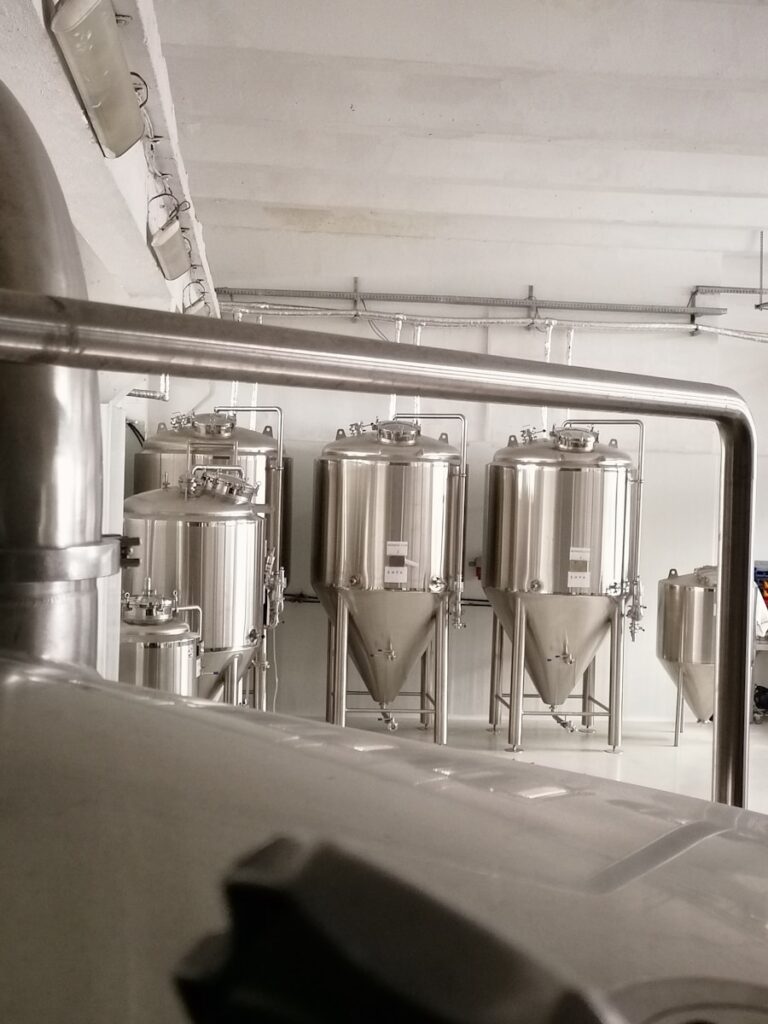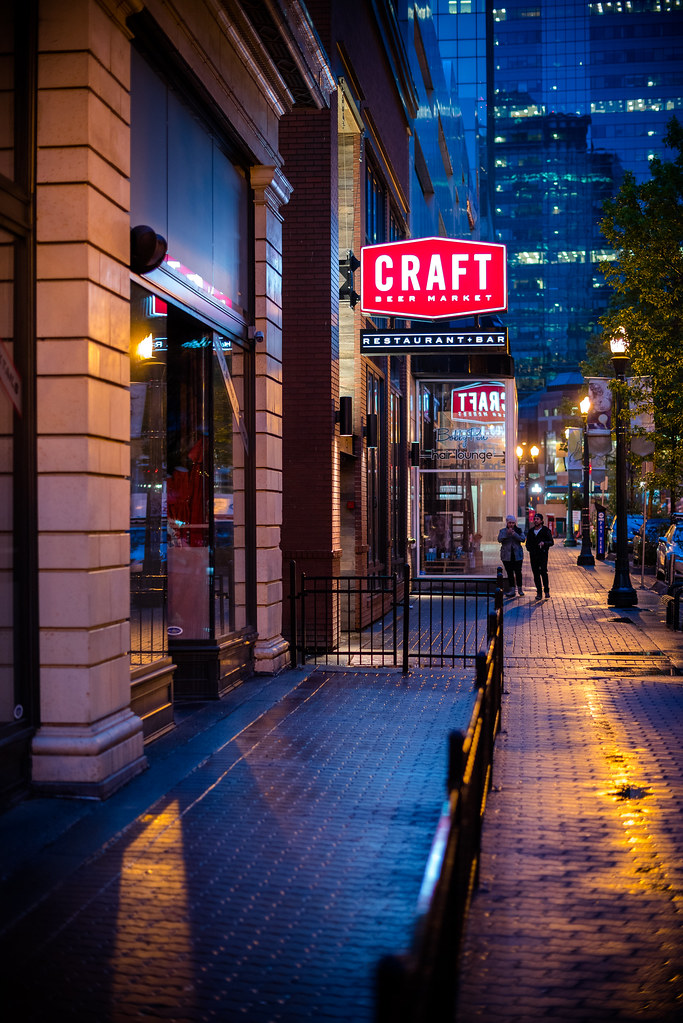The art of brewing great beer has always been about working with nature, not against it. At Green Earth Brewing Co., we’ve discovered that some of the most effective solutions to modern brewing challenges can be found by looking to the past and the world around us. As energy costs continue to rise and environmental concerns mount, we’re excited to share how we’re using natural cooling methods to create exceptional craft beer while reducing both our carbon footprint and our utility bills. From underground cellars to night air cooling systems and seasonal brewing schedules, we’re tapping into nature’s own cooling power – and the results have been game-changing for both our beer and our bottom line.
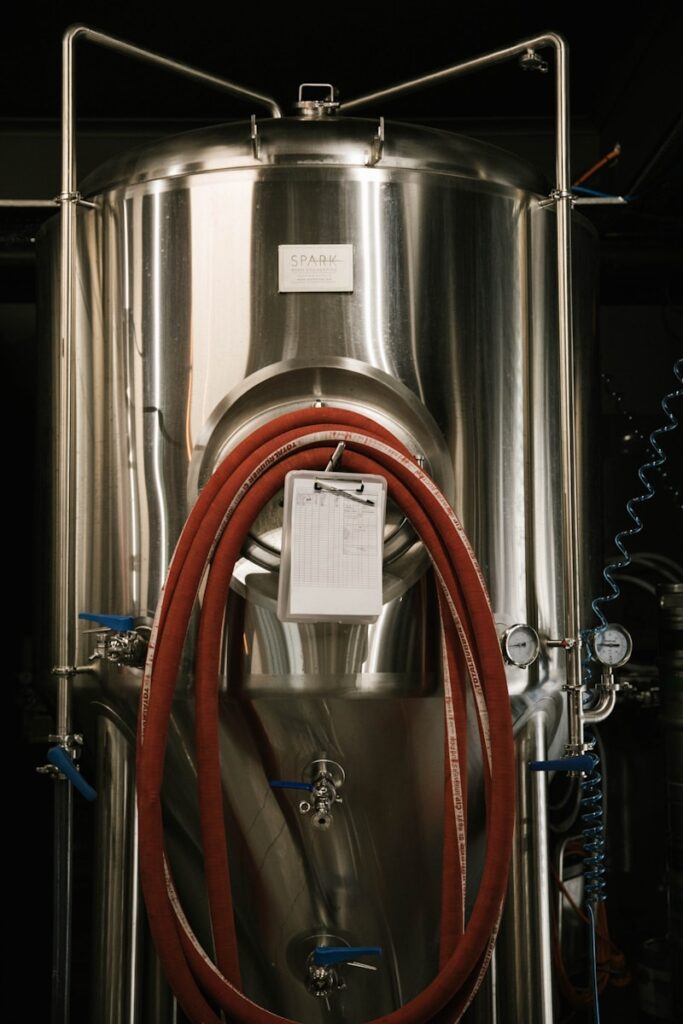
Underground Wisdom: Learning from Traditional Cellar Techniques
Before the age of modern refrigeration, brewers were masters of working with nature rather than against it. At Green Earth Brewing Co., we’ve found inspiration in these time-tested methods that kept beer cool for centuries. From the deep cellars of German lagering caves to the traditional underground fermentation rooms of Belgian monasteries, these historical approaches offer valuable lessons for sustainable brewing today.
The principle is beautifully simple: the earth maintains a constant temperature of around 55°F (13°C) at just 10-15 feet below the surface. This natural phenomenon, which our brewing ancestors understood so well, creates perfect conditions for storing and aging beer without consuming electricity. We’ve incorporated this wisdom into our own facility by utilizing a modified underground cellar system that maintains ideal temperatures for our conditioning tanks while reducing our cooling costs by 40%.
But you don’t need ancient caves to benefit from ground cooling. Modern breweries can implement these principles through various methods. Earth tubes, which run ventilation systems through underground pipes, can pre-cool air before it enters the facility. Partially buried fermentation tanks can take advantage of the earth’s natural insulation. Even simple solutions like utilizing basement spaces for barrel aging can make a significant difference in energy consumption.
The results speak for themselves. Since implementing our underground cooling system last year, we’ve not only reduced our carbon footprint but also enhanced the quality of our lagers and aged ales. The steady, natural temperatures create optimal conditions for slow, controlled fermentation – just as nature intended.
Want to see these traditional techniques in action? Join us for our monthly brewery tours where we showcase how we’ve married ancient wisdom with modern sustainability. You’ll get an up-close look at our underground cellar system and taste the difference that natural cooling makes in our craft beers.
Harnessing Night Air: Free Cooling Systems That Work
When the sun sets and temperatures drop, nature offers breweries a golden opportunity for energy-efficient cooling. Here at Green Earth Brewing Co., we’ve developed a sophisticated night air cooling system that’s revolutionized our brewing process – and our energy bills. By tapping into the power of cool evening temperatures, we’re proving that sustainable brewing isn’t just good for the planet; it’s good for business.
Our night air cooling system is refreshingly straightforward. During the cooler evening hours (typically between 2 AM and 6 AM), automated louvers open to draw in the crisp night air. This natural air is filtered and circulated through our facility, pre-cooling our equipment and brewing spaces before the heat of the day sets in. The system is particularly effective during spring and fall months, when nighttime temperatures consistently drop below 55°F (13°C).
The numbers tell an impressive story. Since implementing our night air cooling system:
- We’ve reduced our daytime cooling needs by 35%
- Our peak electricity usage has dropped by 28%
- Our overall cooling costs are down by $2,300 per month during optimal seasons
- Our carbon footprint has decreased by an estimated 22 metric tons annually
But the benefits go beyond cost savings. The natural cooling cycle creates better conditions for fermentation, leading to more consistent beer quality. Our brewers have noticed improved flavor stability in our signature IPAs and lagers, which we attribute to more stable temperature control throughout the brewing process.
Want to implement night air cooling in your brewery? Here are our top tips:
- Install temperature sensors both inside and outside your facility
- Invest in quality air filtration systems to maintain cleanliness
- Use automated controls to optimize timing
- Consider your local climate patterns when designing your system
- Start small – even partial implementation can yield significant savings
The best part? This system works in harmony with our underground cooling methods, creating a comprehensive natural temperature control strategy that keeps our beer cool and our conscience clear. It’s proof that sometimes the most effective solutions are the ones that have been around since the beginning – we just need to be smart about how we use them.
Nature’s Timing: Seasonal Brewing Schedules That Save Energy
Mother Nature has her own rhythm, and at Green Earth Brewing Co., we’ve learned that dancing to her beat makes both environmental and economic sense. By aligning our brewing schedule with natural temperature cycles, we’ve created a seasonal production calendar that maximizes efficiency while minimizing our energy consumption. It’s a return to the way brewing was traditionally done – with a modern, sustainable twist.
The concept is simple: brew heavier, more robust beers during summer when fermentation naturally runs warmer, and focus on lagers and cold-conditioned ales during winter when cooling demands are lower. This approach isn’t just about energy savings; it’s about creating beers that perfectly match each season’s character. Our winter-brewed pilsners benefit from naturally cold temperatures, while our summer saisons embrace the warmth for their distinctive fermentation profiles.
Here’s how we structure our seasonal brewing calendar:
Winter (December-February):
- Focus on lagers and cold-conditioned ales
- Utilize natural cooling for fermentation
- Store and age holiday ales for next season
- Average energy savings: 45% compared to summer brewing
Spring/Fall (March-May, September-November):
- Maximize night air cooling potential
- Brew transition styles like amber ales and IPAs
- Prepare summer seasonals during cool spring nights
- Energy savings: 30-35% compared to peak summer months
Summer (June-August):
- Concentrate on ales with higher fermentation temperatures
- Schedule brewing during coolest hours (midnight to dawn)
- Use pre-chilled water from underground storage
- Focus on styles that benefit from warmer temperatures
The results have been remarkable. Beyond the significant energy savings, our seasonal approach has created a natural anticipation for our rotating beer lineup. Customers now look forward to specific brews that arrive with each season, creating a stronger connection between our beer, our sustainability practices, and the natural world.
Ready to implement seasonal brewing at your facility? Start by:
- Analyzing your local climate patterns
- Identifying which styles work best in each season
- Planning your production calendar around natural temperature cycles
- Communicating your sustainable approach to customers
- Monitoring and tracking energy savings
Remember, sustainable brewing isn’t just about using less – it’s about using smart. By working with nature’s seasons rather than against them, we’re creating better beer while building a more sustainable future for craft brewing.
Brewing a Cooler Future: Embracing Natural Solutions
The journey toward sustainable brewing doesn’t require revolutionary new technologies – sometimes it’s simply about rediscovering what nature has already perfected. At Green Earth Brewing Co., our exploration of natural cooling methods has shown us that traditional wisdom, combined with modern innovation, can create a powerful recipe for success. By implementing underground cooling, harnessing night air, and aligning our brewing schedule with natural seasons, we’ve reduced our energy costs by over 40% while improving the quality of our beer.
But perhaps the most exciting part of our natural cooling journey has been sharing these methods with our brewing community. We believe that sustainable practices work best when they’re shared, discussed, and improved upon together. Whether you’re a home brewer looking to reduce your energy usage or a craft brewery seeking more sustainable operations, there’s a natural cooling solution that can work for you.
Want to learn more about our sustainable brewing practices? Join us for a brewery tour, where you can see these cooling methods in action and taste the difference they make in our craft beers. Follow us on social media @GreenEarthBrewing for daily insights into our sustainable brewing journey. Together, we can create a more sustainable future for craft beer, one cold one at a time.
